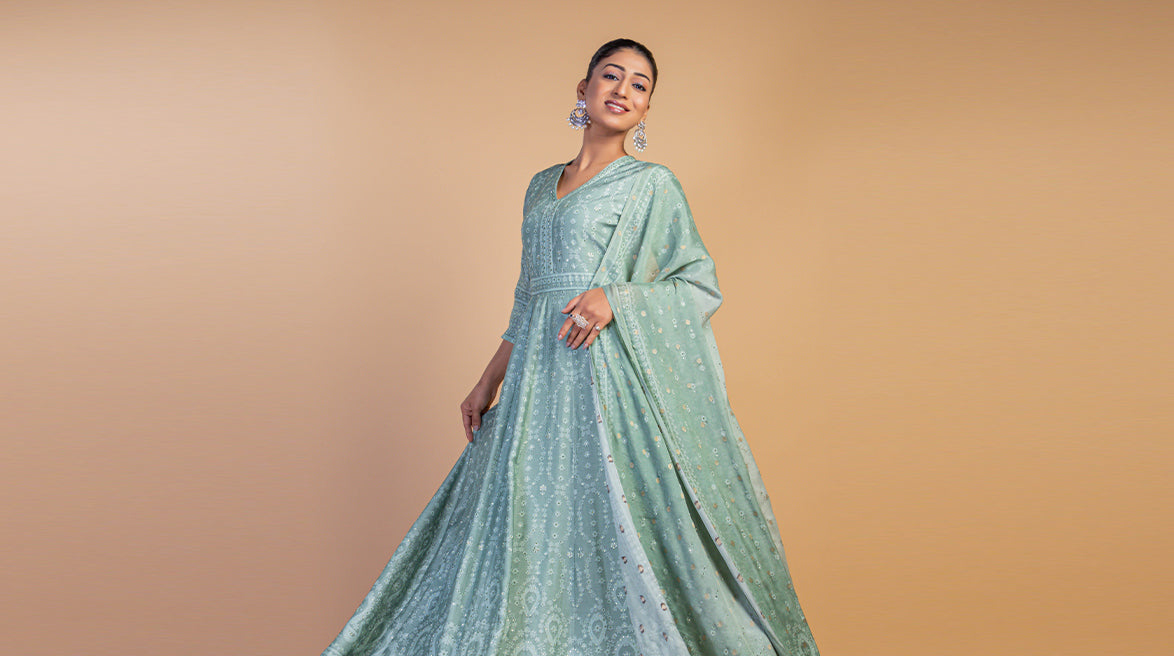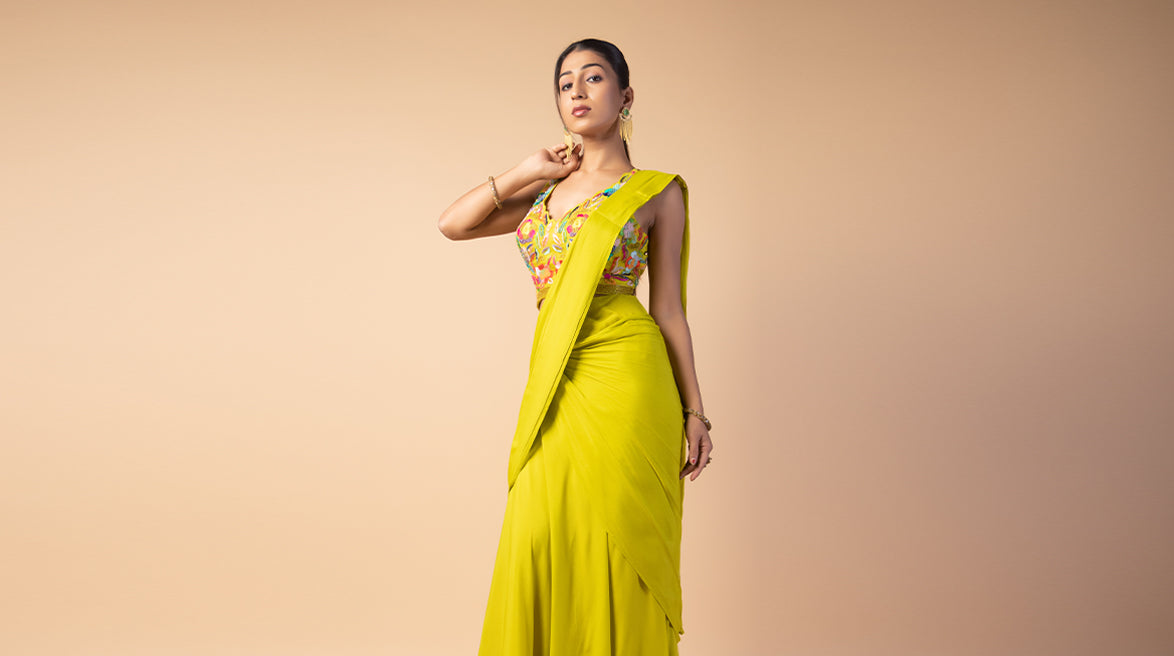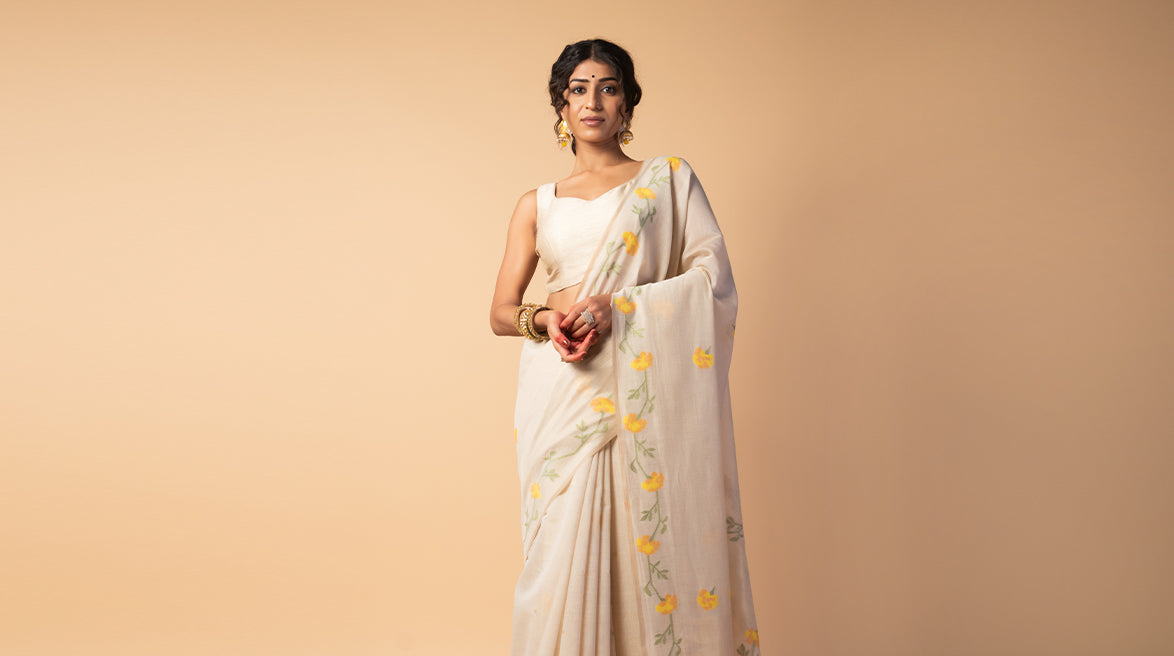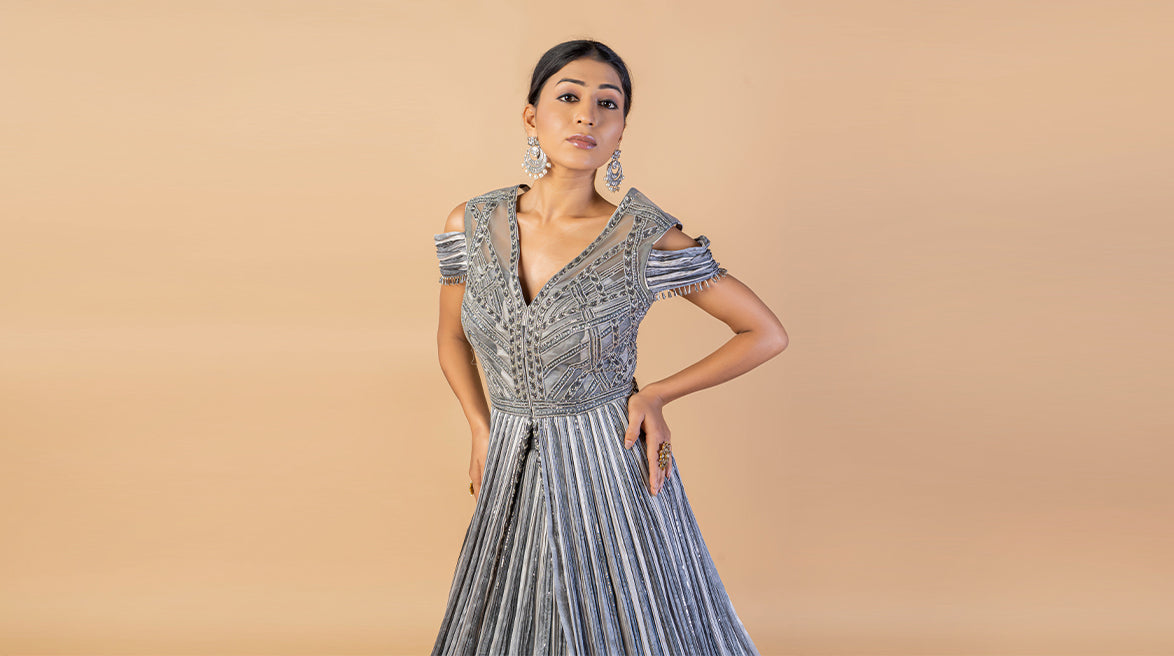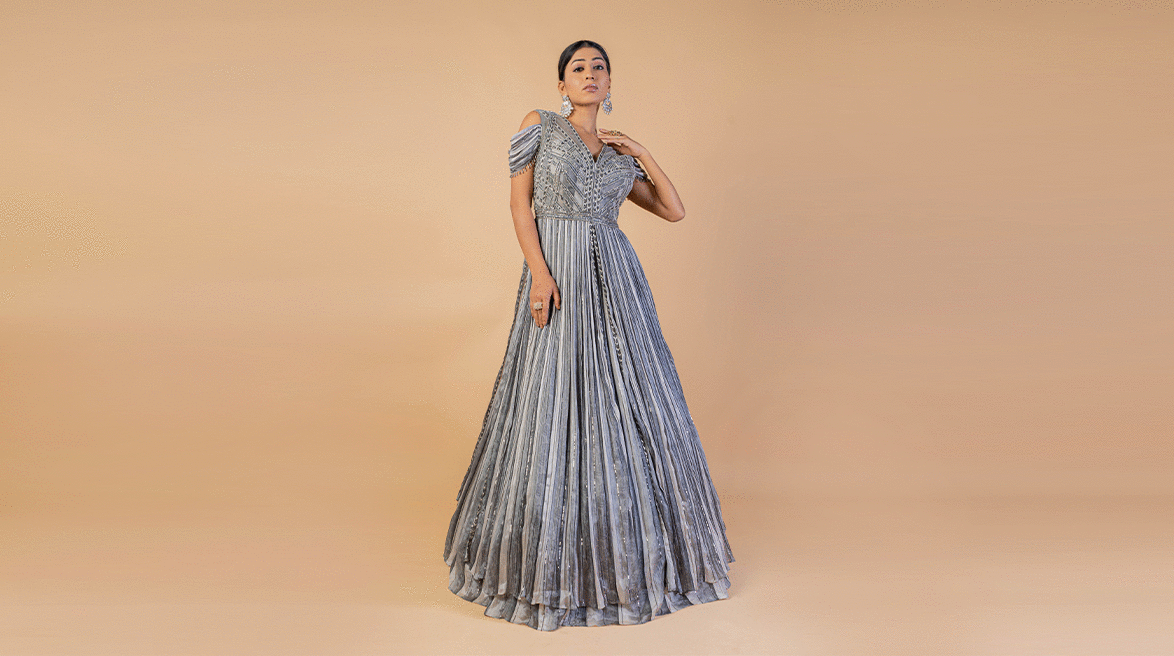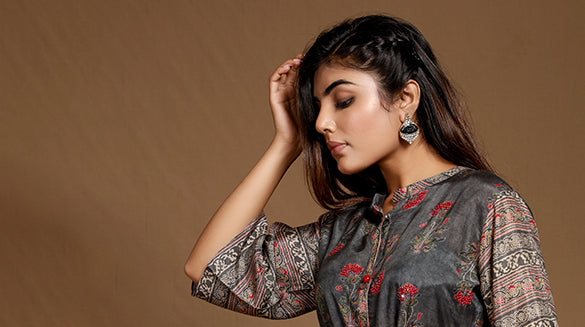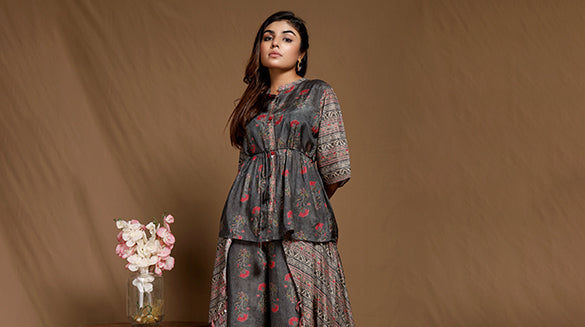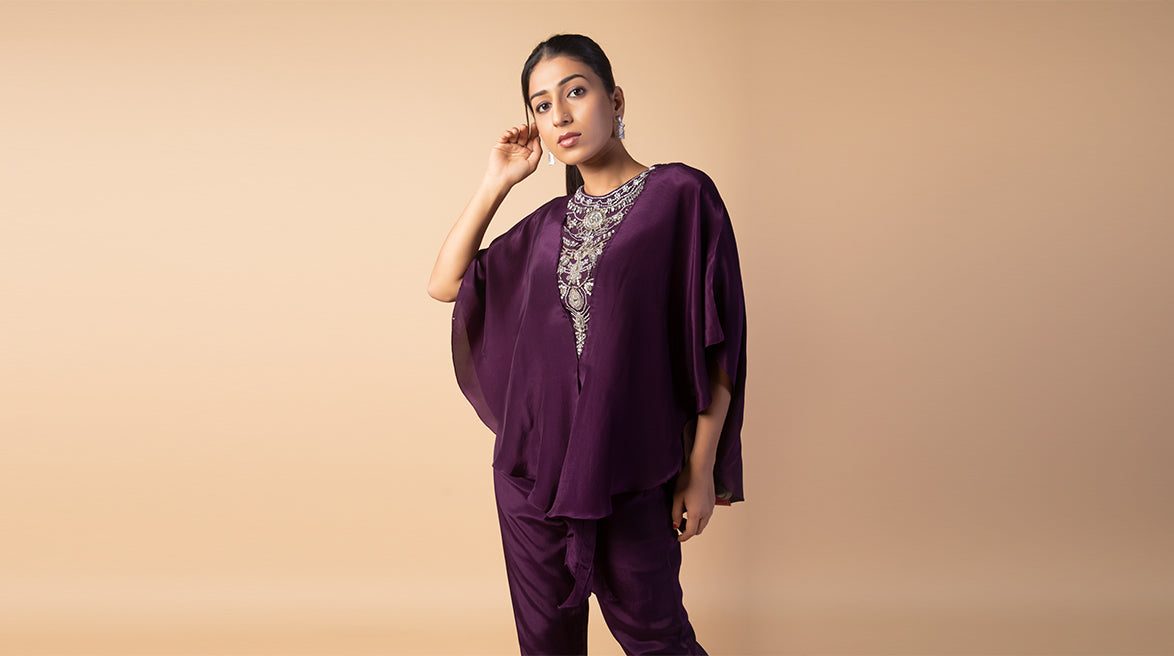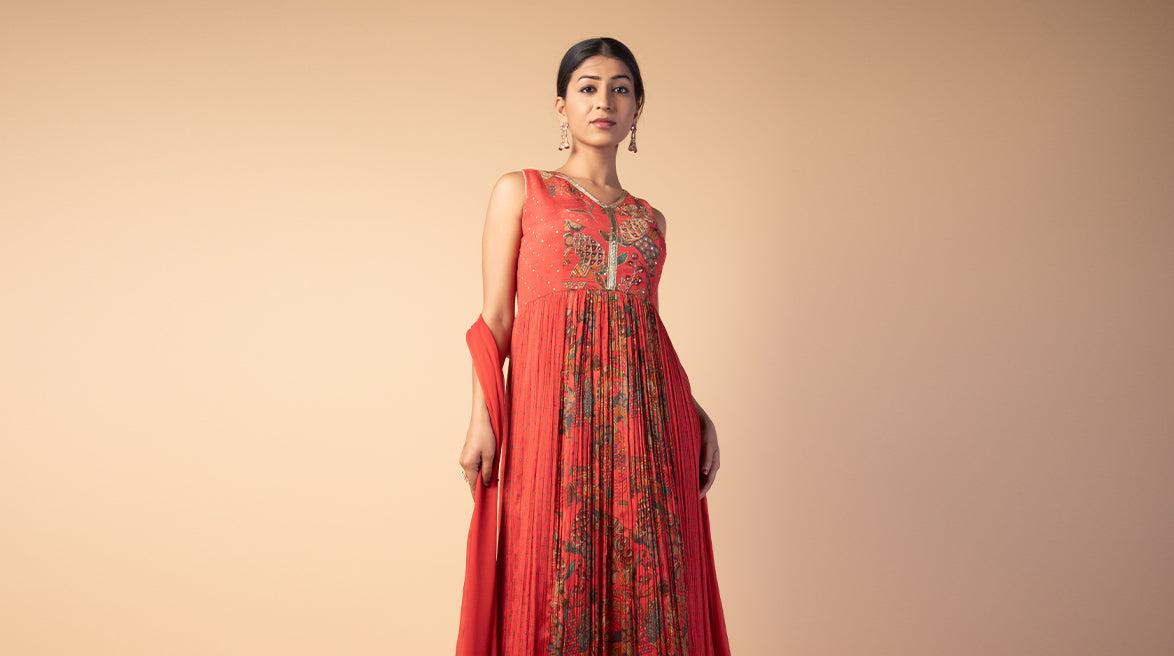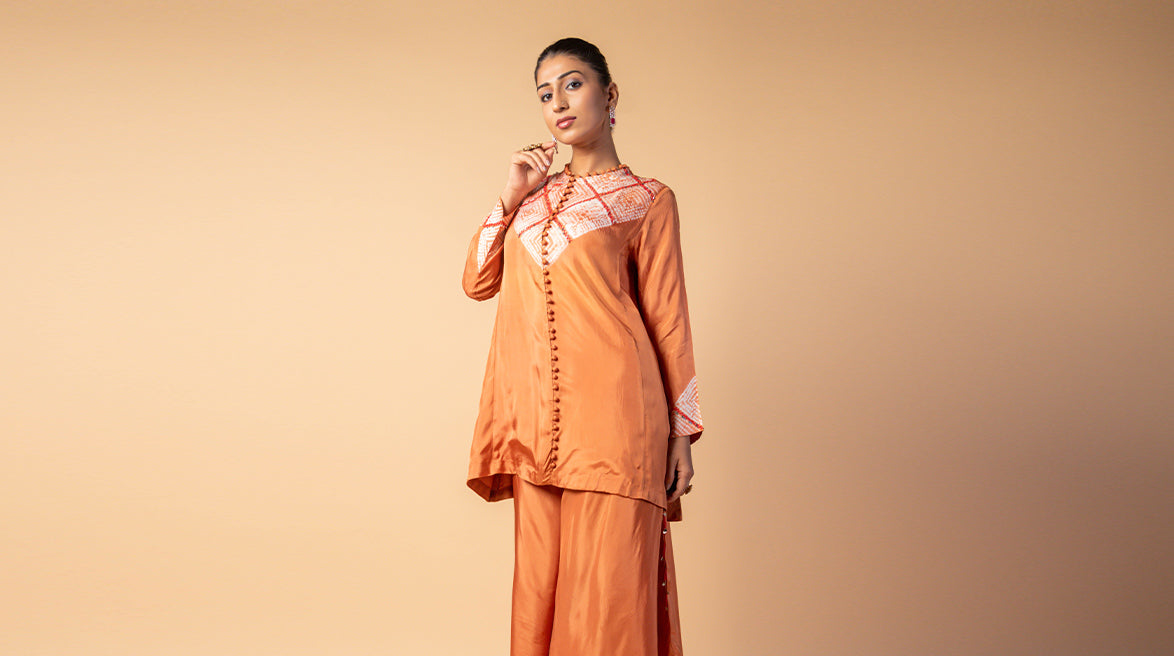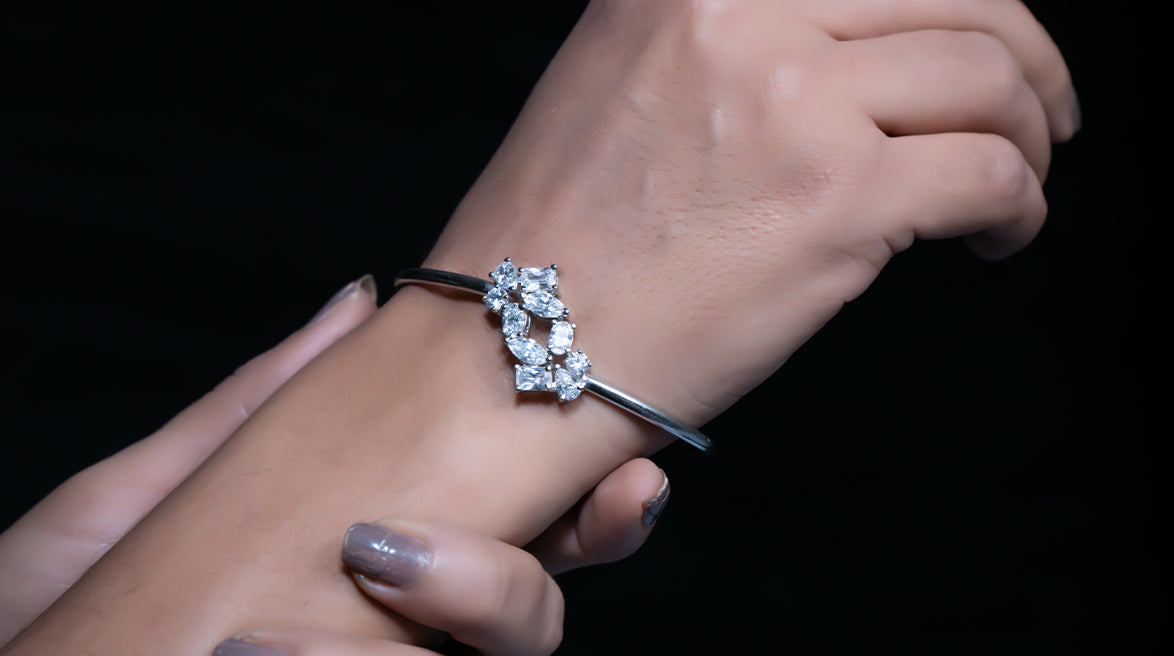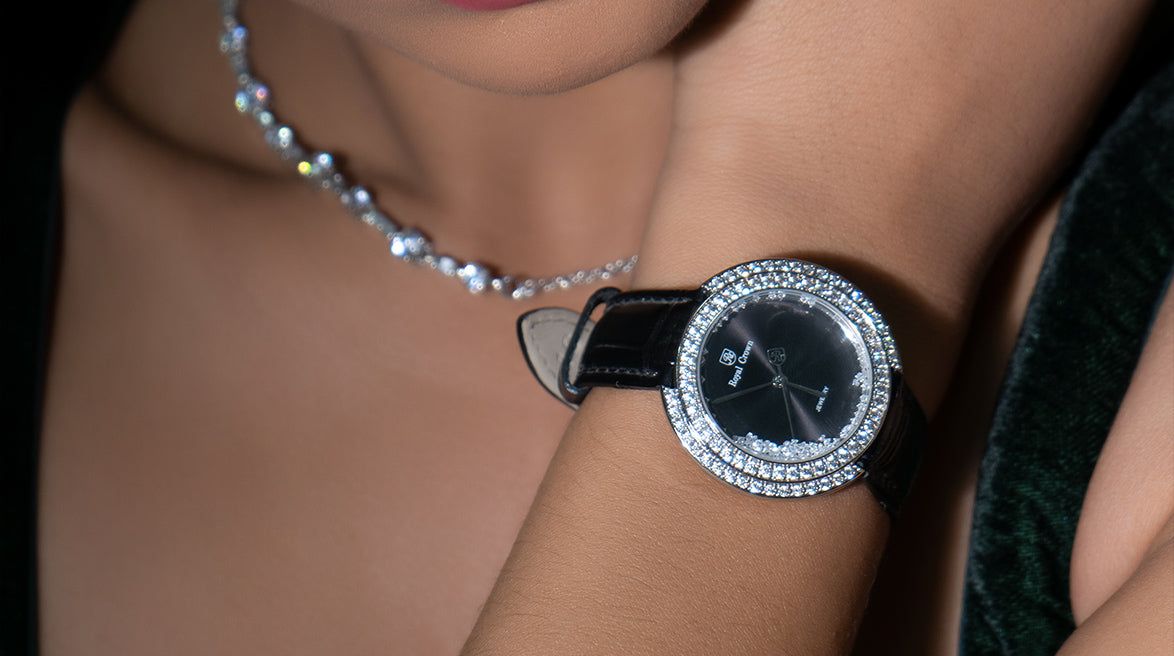Unveiling Artistry: Exploring the World of Kalamkari
Kalamkari – Amrut the Fashion Icon
India is a place of many art forms, so many that it's practically impossible to keep track of them all. However, the colourful and bold art of Kalamkari continues to be a popular one thanks to the art meeting design in the form of Kalamkari sarees, rugs, hand towels, paintings, door covers, bed covers, clothing material, and so on. Designers continue to rework the technique to suit contemporary fashion styles in Kalamkari ethnic wear and western silhouettes. Kalamkari continues to fascinate classic and nouveau fashion fans equally with its stunning complexity and detailing, as well as the use of natural colours and patterns.
WHAT IS KALAMKARI?
Kalamkari is an old method of hand painting on canvas, cotton, or silk fabric using natural colours with a tamarind or bamboo pen. The name Kalamkari comes from the Persian word kalam, which means pen, and kari, which indicates craftsmanship. Dyeing, bleaching, hand painting, block printing, starching, and cleaning are among the 23 steps involved in this trade. Kalamkari themes include flowers, peacocks, paisleys, and celestial characters from Hindu epics such as the Mahabharata and Ramayana. Kalamkari has been used to portray Buddha and Buddhist art traditions in modern applications.

Banarasi Silk Woven Cadet Blue Saree with Unstitch Blouse
Natural dyes are extracted from natural sources without the use of chemicals or artificial substances, and are used to create colours in Kalamkari art. Natural dyes used as paint colours in Kalamkari are made by combining jaggery, iron fillings, and water, and are used to outline sketches. Alum is also used to make natural colours for Kalamkari fabric, as well as to cure the cloth. Alum keeps the colour of Kalamkari fabric stable. Because it's been steeped in resin and cow milk, this cloth has a distinct sheen.
Trash, seeds, crushed flowers, and various flora are used to create varied effects on the Kalamkari cloth. For optimum effects, Kalamkari fabric must be dyed again after each application of dye.
Kalamkari's colour scheme adheres to a set of guidelines and motifs. Women are always shown in yellow, gods in blue, and devils in green and red, for example. The most popular background figure is the lotus, and the most popular backdrop colour is red.
HISTORY OF KALAMKARI
Kalamkari flourished in Andhra Pradesh and was later pushed by Britishers in India in the 18th century due to its colourful themes and superb craftsmanship. Despite the fact that this art dates back to 3000 BC, it has been employed in narrative for millennia. Kalamkari art originated when singers, musicians, and painters travelled from village to village using canvas paintings to represent stories.
Kalamkari was soon being employed on glass panels in Hindu temples, where stories of gods and other legendary narratives were represented. It has the appearance of stained glass artwork found in Christian cathedrals. However, it was during the Mughal Empire that this art reached its pinnacle. The Mughal rulers of Golconda and Coramandel provinces patronised this art form and bestowed the title of QUALAMKAR to the talented craftsmen, giving the craft its name.
TYPES OF KALAMKARI ART
In India, there are two distinct forms of Kalamkari art: Srikalahasti style and Machilipatnam style Kalamkari. Motifs are mostly printed with hand-carved traditional blocks in Machilipatnam Kalamkari, with elaborate detailing painted by hand. On the other hand, the Srikalahasti Kalamkari painting style is focused on Hindu mythology and depicts scenes from epics and folklore. This style has a strong religious meaning because it originated in temples.

Brown Silk Floral Embroidered Saree With Zari Work Pallu
Two new kind of Kalamkari patterns have evolved in recent years, bolstering the states where they are made. Gujarat and Andhra Pradesh are two of India's most populous states, each boasting its own Kalamkari theme. The Andhra Kalamkari incorporates animal and bird designs as well as design elements from Indian forts, palaces, and temples. Gujarat Kalamkari, on the other hand, depicts mythical figures like as Krishna-Arjuna from the Mahabharata, Lord Krishna, Lord Ganesha, Lord Buddha, and so on.
Kalamkari Outfit for Womens | Kalamkari Sarees for Indian Women
In India, the states of Andhra Pradesh and Gujarat produce the most Kalamkari sarees. The patterns on kalamkari sarees can be block printed or hand-painted, and they feature a lot of detail. Plant vines, flowers, forts, and animals are painted in such minute detail on each saree that one feels completely immersed in the art.
Aside from painting, there are two other inventive techniques to bring Kalamkari stories to life on fabrics: embroidery and appliqué. Kalamkari sarees are designed to be worn on special occasions, therefore they pair well with stunning blouse patterns and traditional jewellery.
Nowadays, kalamkari is also utilised to make a variety of beautiful decor items and accessories. Like most traditional crafts, kalamkari has had its ups and downs. Commercially produced factory-based fabrics represent a serious danger to craftsmen and Qualamkars, but the business continues to thrive because there are still many real art enthusiasts and fashion designers who support and nurture this trade.





